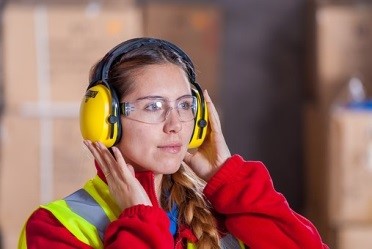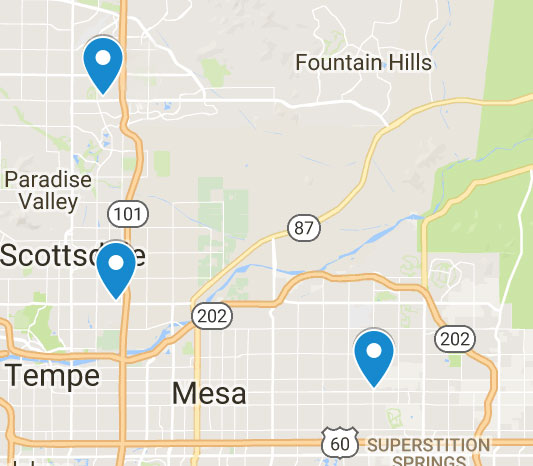
HWhat? Can you repeat that? Sadly, these are often the questions asked by someone with hearing loss who neglected to wear hearing protection when they should have. While utilizing hearing protection may not always be convenient, or the latest fashion statement, it IS a great way to keep healthy hearing.
What is hearing protection?
In general, hearing protection can include any device that is worn on or in the ears in an effort to prevent noise-induced hearing loss. Sometimes it is worn during loud recreational activities, such as hunting or shooting sports. Other times, hearing protection is worn in the workplace to counteract occupational hazards – picture a noisy factory or someone who uses loud equipment as part of their job.
When is it necessary to wear hearing protection?
According to the National Institutes of Health (NIH), the extent to which hearing damage occurs depends on these three primary factors:
- Proximity to the source of the sound
- How loud the sound is
- How long you are exposed to the sound
Paying attention to these three conditions will help you know when to wear hearing protection – if you are close to sounds of 85 dB or greater for repeated or extended periods of time, it is recommended that you protect your ears. After all, why risk getting hearing loss when it can be prevented?
What types of hearing protection are available?
There are several devices which can be used for hearing protection, and they vary in cost, style, functionality, and availability:
- Expandable foam earplugs – Readily available at local stores and perfect for everyday use for exposure to moderate noise levels.
- Custom molded, reusable earplugs – These offer a greater degree of protection than the one-size-fits-all models since they are custom fit to your ears.
- Canal caps – These are easily inserted and removed from the ears, making them convenient for someone who is exposed to loud noises in short intervals.
- Earmuffs – These vary in style and complexity but generally provide more hearing protection than earplugs or canal caps.
Where can you get hearing protection?
Many types of hearing protection are readily available in local stores. For example, earplugs can often be found at the local drug store, and ear muffs are commonly sold in establishments that sell noisy equipment such as chainsaws. More specialized devices, such as the kind of ear muffs used by hunters, can be purchased at sporting goods stores or ordered online.
If you have specific hearing protection needs related to your particular occupation or environment, however, you may find it helpful to schedule an appointment with one of our audiologists. There may be custom-fit options that will better meet your needs than the types of hearing protection that are more of a one-size-fits-all approach. Give us a call today and we’ll be happy to help you protect your hearing for tomorrow!


